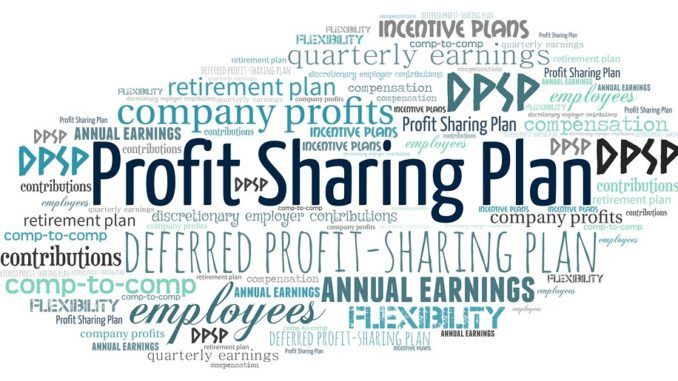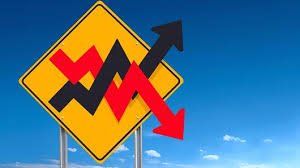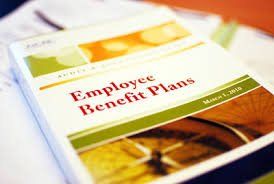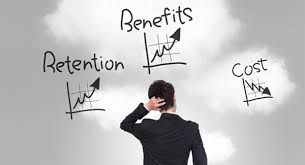The Marketing of Investments
- By Paul Bajus
- •
- 01 Mar, 2017
- •

I think we all know that every business requires marketing, and investment management is a business just like any other. Somehow it seems like the investment business should be held to a higher standard though, and marketing the latest investment du jour shouldn’t be the first order of business. One of the types of investments currently being marketed heavily are “income funds” or “payout funds”.
With interest rates as low as they are, investors, especially retired investors, are trying to squeeze as much income from their investments as possible. The idea of an income fund in itself isn’t a problem, have a fund that invests in securities that pay an income, bonds, dividend paying stocks to provide as much “income” as possible. The problem becomes when there is a fixed payout, and it is marketed as a return. As in, invest $100,000 and get $450 per month. This is a problem because the average investor is made to think that they can keep their $100,000 investment and get the $450 per month in perpetuity, but there is absolutely no guarantee that will happen – and in fact it is quite unlikely to happen. Let’s look at an actual example. This mutual fund is from a very well respected financial institution, which will remain nameless, and this fund has $3.7 billion invested in it. Let’s look at the math to what is being offered with this fund:
Current payout rate based on closing price February 17: 5.37%, payout of $447.34 a month on a $100,000 investment
| Fund Investment Mix | of Fund | Current Yield | Mgmt Expense Ratio | Net | Contribution of Investor Return |
|---|---|---|---|---|---|
| Fixed Income (bonds) | 64.8% | 2.85% | 1.63% | 1.22% | 0.8% |
| Cash | 3.8% | .4% | 1.63% | -1.23% | -.05% |
Right now an index for bonds in Canada called the FTSE TMX Canada Bond Universe Index yields around 2.85%, which we can say is reasonable for what we would expect this fund to make with the 64.8% of the fund that’s invested in bonds. The little bit that is in cash we might expect to make around .5% right now. When we do the math, knowing that the bonds and cash are likely going to offer up a total of around .75% towards our total return, we find out that the return the fund needs to get from the stocks is 14.7% - or 16.4% gross before the fees are taken off. Yikes! This is telling us that in order for Mr. and Mrs. Smith to get the $447 a month and for their $100,000 principal to stay the same the fund managers are going to have to make over 16% a year on the fund’s stock investments. I would say not very likely! What is more likely is that the $447 a month that is taken out will slowly encroach on the $100,000 capital until in a few years the nest egg that they thought they were just taking “interest” from is nowhere near their original $100,000, with little hope that it will ever recover to that original amount. This isn’t a bad fund, and it is an appropriate fund for retired investors (without the unrealistic payout), it’s just the marketing of it that leaves a bit of a bad taste in your mouth. The warning before you buy this fund, or the many other similar funds out there, should be “IF YOU TAKE THE CURRENT PAYOUT YOUR PRINCIPAL WILL MOST LIKELY DROP”. Don’t get us started on so called “Low Volatility Equity Funds” that are sprouting like spring flowers out there right now!
Paul Bajus - CLU, CFP, CHS - is the Director of Director, Pensions and Corporate Wealth Management for BF Partners. Learn more about Paul.


